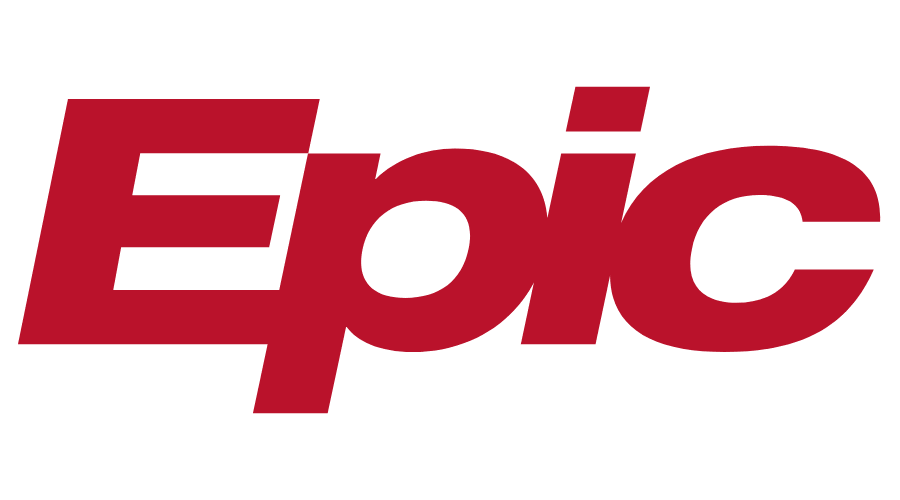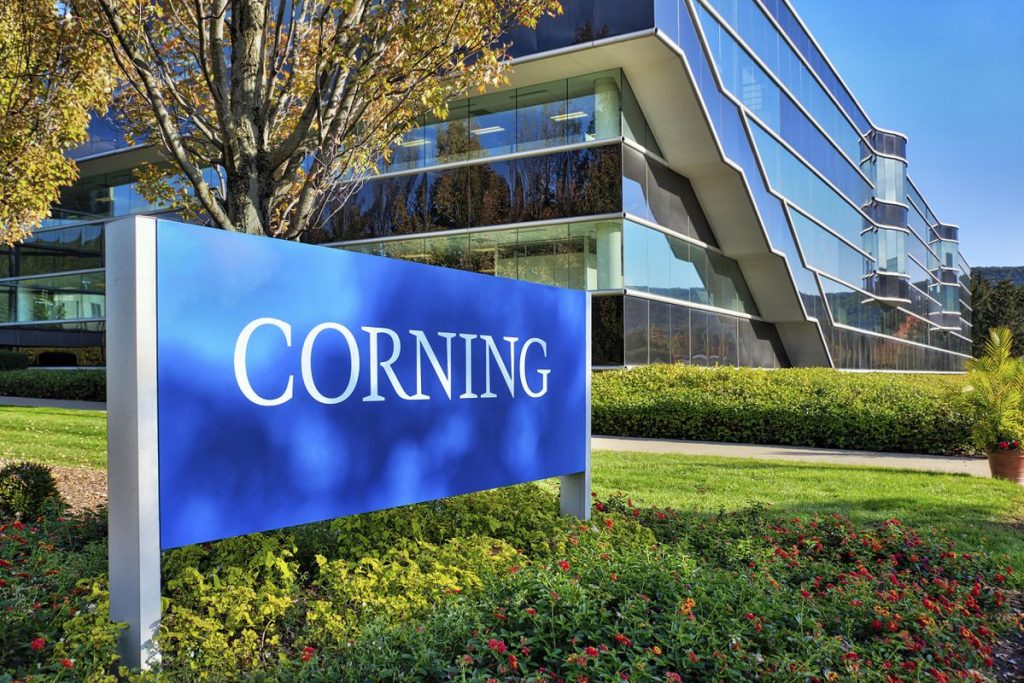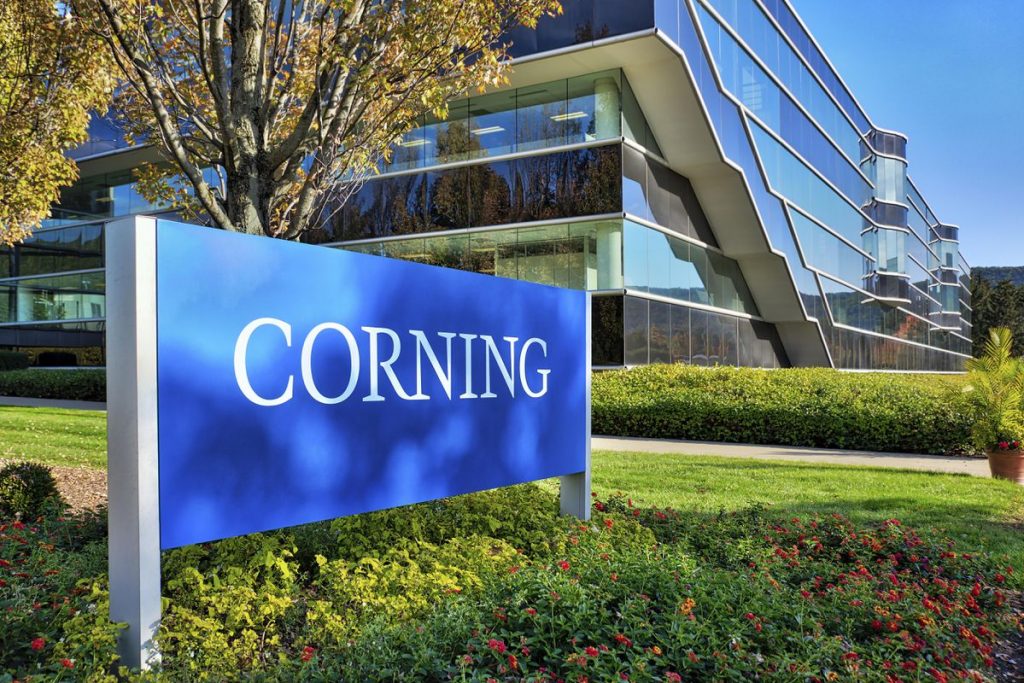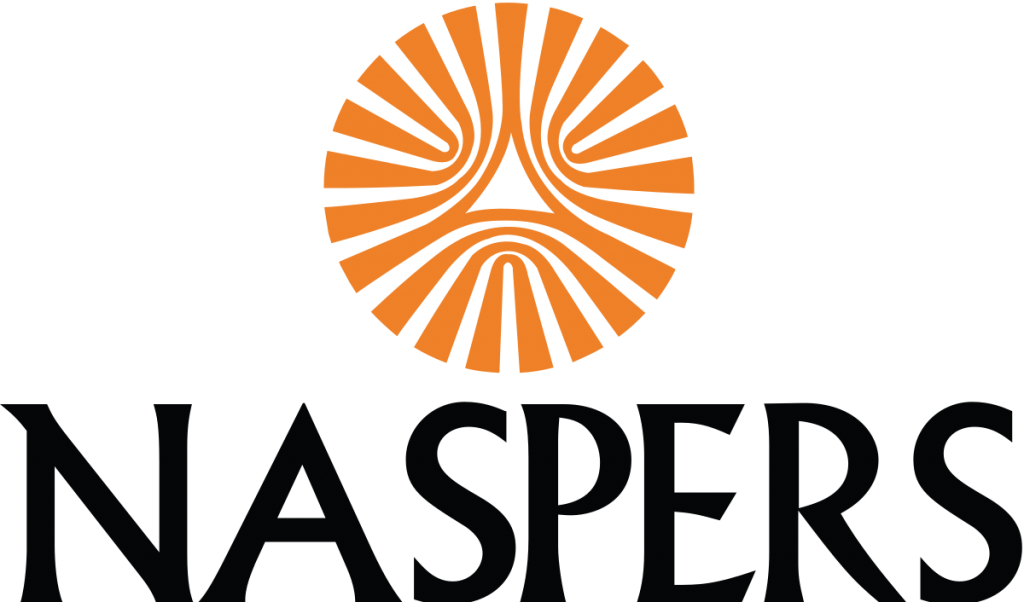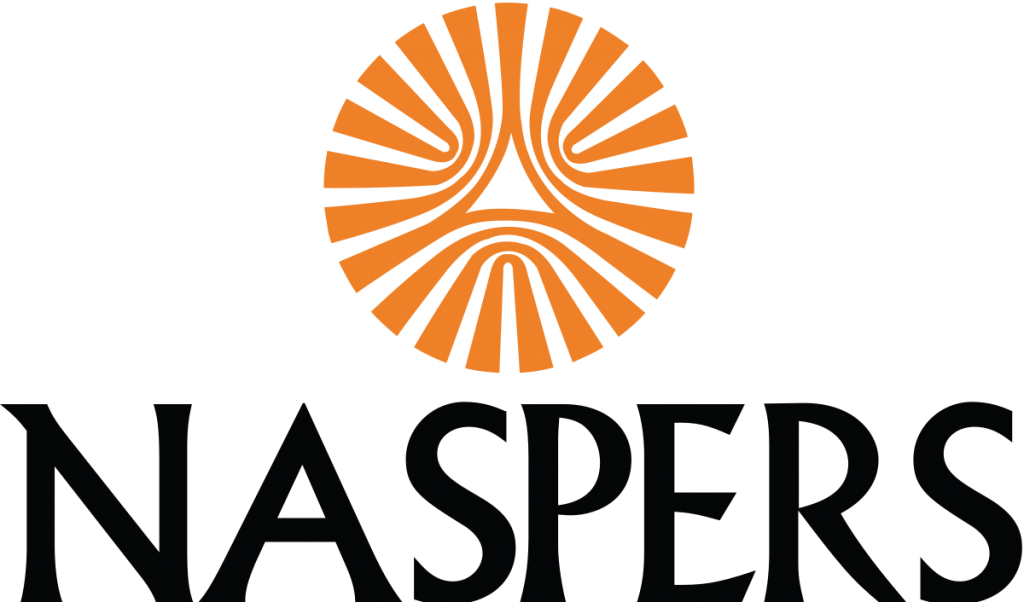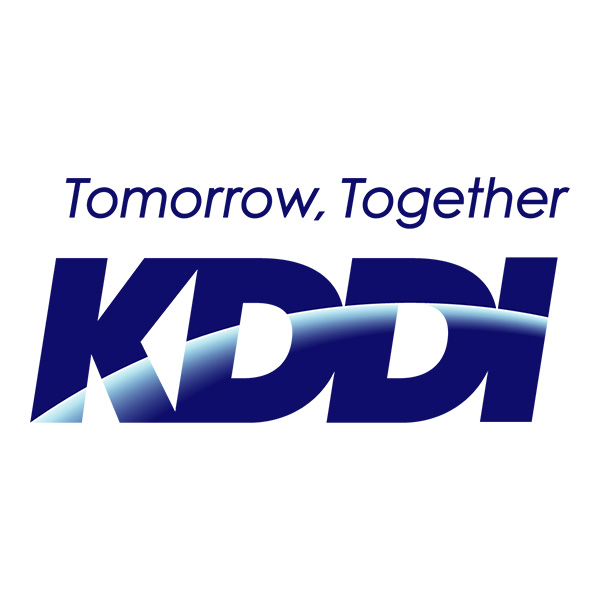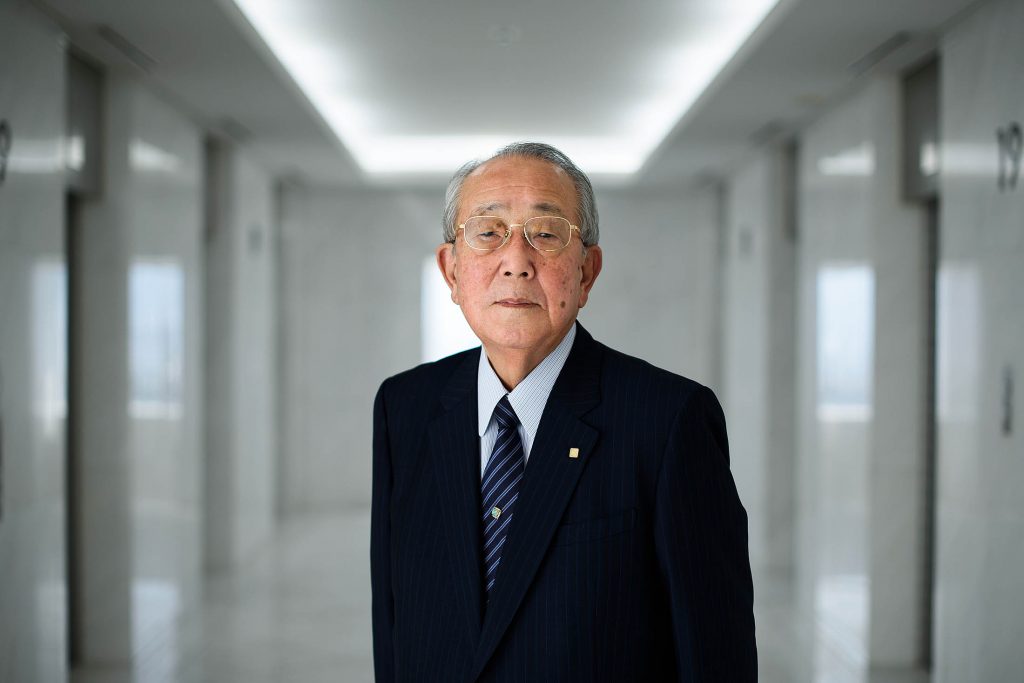Epic Systems – The result of Judith Faulkner’s vision to make healthcare facilities more advance
In this pandemic, every individual realizes the importance of healthcare facilities. More healthcare facilities lower the risk to the patient’s life. Thus, making it an individual part of a human’s life. So, the firms that develop software to enable such healthcare services play an important role. Epic is developing healthcare software since 1979. It is a USA based firm whose developed software is used in most of the hospitals. More than 50% of patients’ medical records in America are stored in the Epic system’s software. Currently, it has offices in many countries, including, Netherland, UAE, Australia, and many more. As well, Epic’s office at Dhahran, Saudi Arabia, Melbourne, Singapore, and Denmark has significant importance there.
Backstory of Epic
In 1979, Judith Faulkner set up Epic in Madison in Wisconsin. At that time she put an investment of 70K dollars only. She only took help from friends and family to raise the fund and kept it as a private firm in the healthcare industry. Meanwhile, in 2005, the firm shifted its headquarters in Verona. The firm started as a small start-up grew into a large firm over the years. One more interesting thing about Epic is its theme infrastructure. The building of the firm has been designed like Harry Potter’s school building. As well, its cafeteria is designed to mimic the train station.
More about Epic
The firm is best known for developing software called Epic EMR. These are basically electronic medical record software. They are best known for chronicle database management. Other applications of the firm are design for registration, scheduling, and some other patient care purposes. As well, few are best known for clinical systems for emergency patients, doctors, nurses, and other care workers. Apart from that, it is also developing software for a medical billing system, pharmacies, radiology department, and many other hospital-related departments.
Other than that Epic is also active in cloud hosting. Thus, helping clients to maintain servers by themselves. It also provides optimization (Short term) through its very own Boost services. With all such services, the firm is rise as a tough rival to MEDITECH, Cerner, Allscripts, etc. In addition, IBM, McKesson, GE Healthcare, Siemens are other competitors of Epic.
Further exploration
As per the World report, many topmost hospitals use the software service of Epic. Kaiser Permanente, Cedras-Sinai Medical Center, UC Davis Medical center are some of the top medical facility providers that prefer Epic. Also, top hospitals like Johns Hopkins Hospital, Cleveland Clinic, and many Mayo clinics use electronic record systems of the firm. In 2015, Epic became part of a healthcare project with Partners HealthCare.
Controversies and Criticism faced by Epic
Care Everywhere, one of the information exchange software developed by Epic has been accused by many. Because Epic initially not allowed data sharing between non-epic systems. However, it, later on, charge money to transfer essential data to a non-epic system. This cost was as high as 5000$/year to an average size hospital. But later on, per transaction fees has canceled. Yet, customers have to pay a one-time fee to link Epic to non-epic systems. Other than this issue, Epic has faced many problems when its electronic health record system installation causes major failures in the UK.
This incident took place in 2015, where it had become unstable after sharing more than 2.1M health records. Thus, making the loss of 200 million euros to Cambridge University Hospitals NHS foundation trust, UK. Just after one year, Epic got stuck in more controversy due to improper translation causing incorrect medical reports. Recently, about 90% of Epic’s employees raised a concern about the firm’s role in handling the covid-19 situation. They rigorously expressed dissatisfaction with Epic’s response to deal with a pandemic.
Judith Faulkner-Founder and CEO at Epic
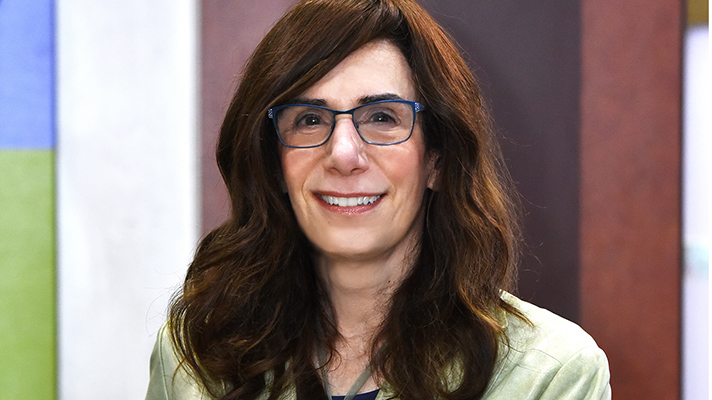
Well-recognized businesswoman and billionaire in America, Judith is responsible for the re-shaping healthcare sector. In 1979, she built Epic under the name Human Services computing. The firm was set up to provide the service as per the name, i.e., human services computing. Her efforts make her the most powerful woman in healthcare, as per the Forbes 2013 report. As well, she got reorganization as one of the wealthiest self-made women in 2020.
Education and Career
Judith attended Moorestown Friends School for early education. Thereafter, she joined Dickinson College to study Mathematics. She also has a master’s degree in Computer science. Just after completing pf master’s degree, she plunged into entrepreneurship. As a result, established Epic aka Human Services Computing. Faulkner shares a great contribution to keep the firm as a private company since 1979.

Jayshri is an Electronics Engineer, but her passion towards writing made her to be in this field. Apart from content writing, she loves reading, writing and surfing on various topics. In her free time, she likes to watch TV series and news. Sherlock Holmes is her all time favorite show. Jayshri loves cooking various Indian-western dishes.
